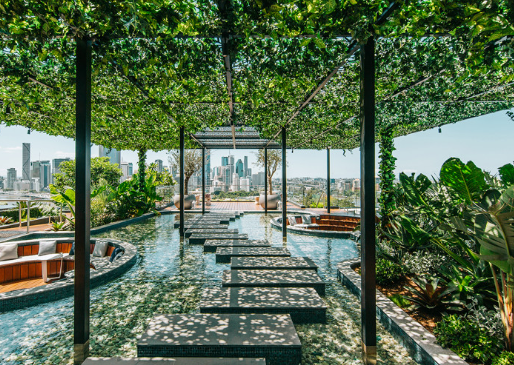Exploring Landscape as Architecture: A Fusion of Nature and Design
In today’s rapidly urbanizing world, the concept of landscape as architecture is becoming increasingly relevant. It emphasizes the importance of integrating natural landscapes with architectural design, allowing for environments that are not only functional but also beautiful and sustainable. This fusion can enhance public spaces, promote biodiversity, and contribute to a deeper connection with nature.
Understanding Landscape Architecture
Landscape architecture is more than just planting trees and gardens; it is about designing outdoor spaces that engage people and ecosystems. From parks to urban plazas, landscape architects create environments that enhance quality of life while addressing environmental challenges. This discipline combines art and science, using both creativity and ecological principles to produce spaces that are aesthetically pleasing and sustainable. Through careful planning and design, landscape architecture plays a vital role in managing stormwater, improving air quality, and fostering biodiversity.
The Role of Sustainability in Landscape Design
Sustainability is at the heart of modern landscape architecture. Designers are increasingly focusing on creating spaces that minimize environmental impact through the use of native plants, sustainable materials, and water-efficient practices. Innovative techniques such as green roofs and rain gardens not only reduce runoff but also support local wildlife. By incorporating sustainable design principles, landscape architects can transform urban settings into vibrant ecosystems, promoting both environmental health and community well-being. This approach not only helps mitigate climate change but also cultivates a sense of stewardship among residents.
Connective Spaces: Blending Nature with Urban Life
The integration of landscape and architecture creates connective spaces that enhance urban life. Public parks, botanical gardens, and greenways serve as essential urban infrastructure, providing residents with places to relax, exercise, and socialize. Additionally, these spaces can act as vital corridors for wildlife, allowing for biodiversity in densely populated areas. Thoughtfully designed landscapes can help shape the urban experience, making cities more livable and enjoyable. Through engaging interactions between built environments and natural landscapes, communities can foster a stronger bond with their surroundings and enhance overall quality of life.
Conclusion
As we continue to navigate the complexities of urbanization and climate change, the concept of landscape as architecture becomes ever more important. By valuing the natural world within architectural design, we can create spaces that are not only functional but also enriching and sustainable. Whether you’re a budding landscape designer or simply someone interested in the intersection of nature and architecture, there’s much to explore and learn. Dive deeper into this fascinating topic and discover how the landscapes around us can be transformed into architectural wonders that benefit both people and the planet.

